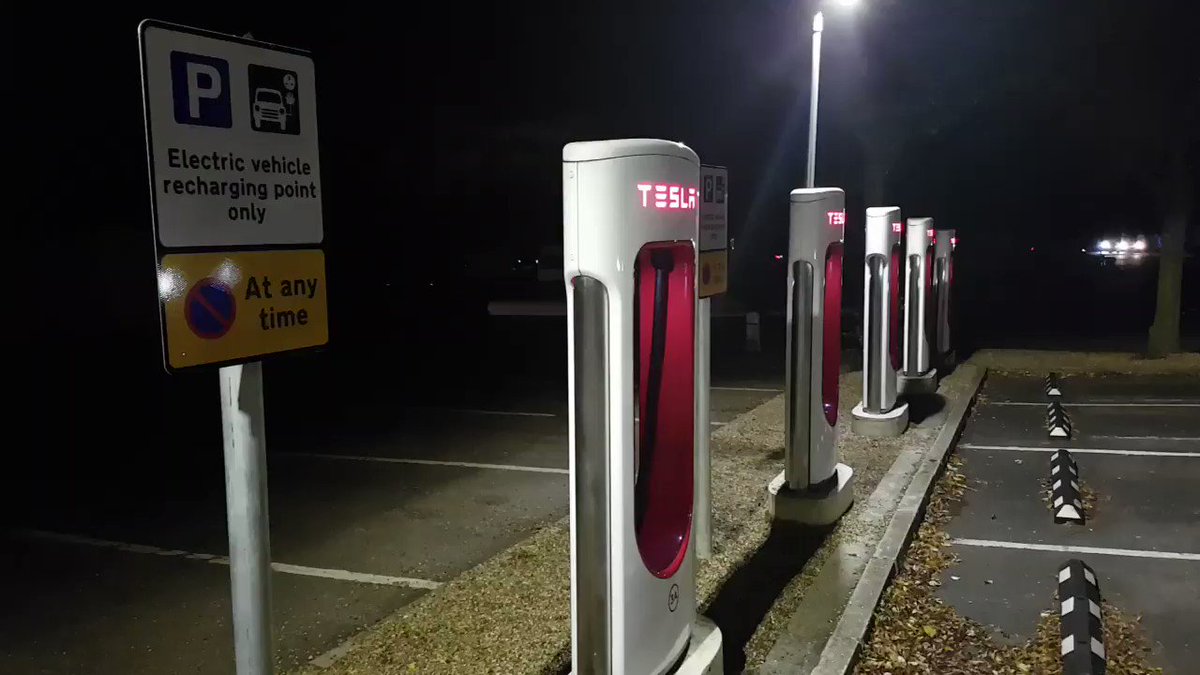 |
| Obama era plan would have created standards for vehicles to 'talk' to each other. |
 The White House and US Department of Transportation are not going to push forward with a mandate that would have required new cars to be equipped with dedicated short-range radios that allow vehicles to send some data — such as crashes, road hazards and weather conditions — to other vehicles, The Associated Press reported Wednesday.
The White House and US Department of Transportation are not going to push forward with a mandate that would have required new cars to be equipped with dedicated short-range radios that allow vehicles to send some data — such as crashes, road hazards and weather conditions — to other vehicles, The Associated Press reported Wednesday.“The Department of Transportation and NHTSA have not made any final decision on the proposed rule-making concerning a V2V mandate,” the department said in a statement Wednesday. “Any reports to the contrary are mistaken. In all events, DOT hopes to use the dedicated spectrum for transportation lifesaving technologies. Safety is the Department’s number one priority.”
DOT added V2V was a significant part of its plan and is still reviewing more than 460 comments in response to the proposal.
Under the Obama administration, then-Transportation Secretary Anthony Foxx said V2V technology would greatly enhance autonomous driving technology to, “provide 360-degree situational awareness on the road,” and improve vehicle safety. The Trump administration’s decision comes at a time when traffic fatalities in recent years have jumped to levels not seen since the 1960s.
The Mercedes-Benz E-Class received V2V technology in 2016, and Mercedes added it to the 2018 S-Class this year. General Motors also introduced V2V early this year on the Cadillac CTS.
“We are happy to have customers experiencing V2V technology on the road today in our Cadillac CTS sedan,” Cadillac spokesperson Donny Nordlicht said in an email to The Verge. “While we don’t discuss future product plans, we are supportive of the mandate and open to sharing the 5.9 Ghz spectrum, as long as it can be established that there is no harmful interference with the live-saving DSRC technology.”
Mercedes-Benz USA Communications Manager Christian Bokich said the automaker was continuing to monitor the status of the V2V mandate.
“That said, as a leader in the pursuit of accident-free driving for the past few decades, we plan to continue to innovate new technologies that bring us closer to that goal,” Bokich said in an email. “It’s too early to speak to the what and when of V2V technology with respect to that goal, particularly as we await the details of 5G integration.”
The Transportation Department under current Secretary Elaine Chao has also been relaxed on rules self-driving vehicles. In September, the department decided to continue with the guidelines introduced under Foxx amid actions by the House of Representatives and Senate to adopt national regulations.


















